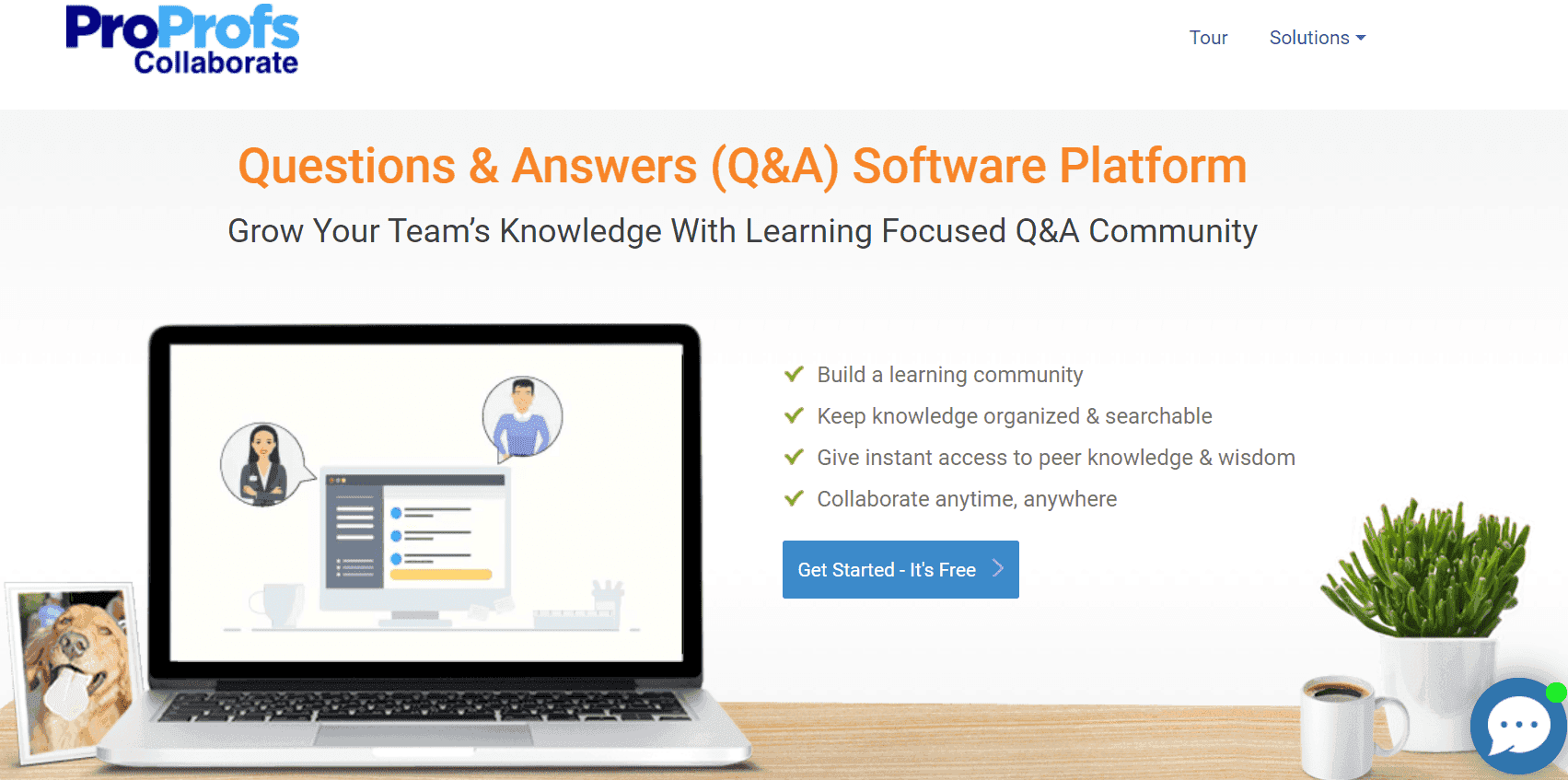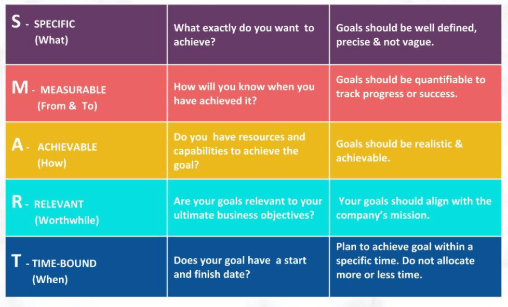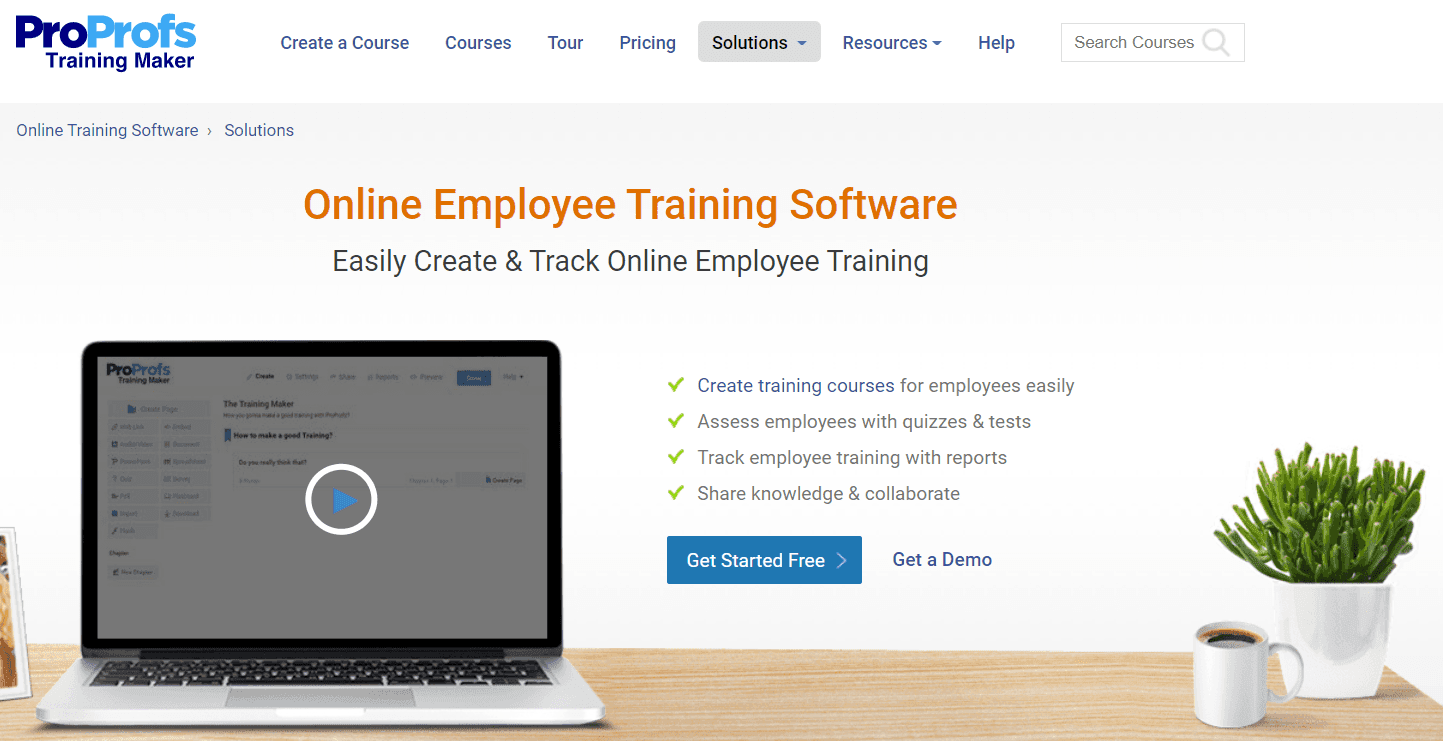
Have you ever felt that work hours aren’t enough to complete the day’s exasperatingly long to-do list?
We all have. The result of which is you end up working overtime to hit the day’s targets and meet deadlines. It is a never-ending vicious cycle that impacts your health, work-life balance, and, eventually, your work performance.
You aren’t alone in this. It’s an everyday struggle for your employees too. Work overload and tight deadlines build up stress, drastically reducing employee efficiency.
So, how do you improve workforce efficiency and translate it into employee happiness, better deliverables, and increased profits?
There are multiple ways to achieve this. Embrace remote working, get rid of long meetings, invest in employee training, and many more.
This blog brings you seven effective ways to elevate efficiency in the workplace.
Try them out.
7 Effective Ways to Improve Workplace Efficiency
1. Reduce Meeting Burnout
Do you believe that long meetings are always beneficial and help employees perform better?
Time for some reality check.
Research by MeetingKing proves that meetings are time-consuming and wallet smashing.
It shows that in the U.S. alone, companies spend (Read: waste) a whopping $37 billion in unnecessary meetings every year. The research also confirms that 25% to 50% of the meeting time is wasted, and 39% of participants are inattentive or sleep in the middle of a meeting.
This can have a severe impact on the overall employee efficiency in the workplace.
Clearly, ‘long meetings are always beneficial’ is a myth.
No matter how modern or conventional, businesses are still stuck in this rut, but it’s time they adopted innovative ways to get rid of long meetings.
One such way can be implementing the right project management tool. It brings all your projects and discussions on a common platform where employees can collaborate, communicate, track, and manage work easily. They can share feedback and participate in discussions without compromising their work time.
Watch: Why Use a Simple Project Management Software?
2. Get Past the Multitasking Madness
Juggling multiple tasks leaves little to no room for perfecting even one of them. Multitasking kills productivity and leads to procrastination, burnout, and inefficiencies.
American Psychological Association says, “shifting between tasks can cost as much as 40 percent of someone’s productive time.”
That’s a lot of time.
Imagine how flawless the output will be if this time is utilized in focusing on a single task.
By jumping from one task to another, employees are forced to constantly switch gears and keep their brains active even when they are exhausted. This ultimately declines the quality of the final output.
The multitasking monster is a part of the modern office culture. Embracing automation is one of the best ways to keep this monster from attacking the sanity of employees.
Identify tasks that can be automated, such as shooting emails in bulk, sending responses to clients for frequently asked questions, collecting leads via forms, and more.
You can opt for an email management tool to manage emails effectively. Consider using a help desk software to share canned responses with customers. This will be immensely helpful for your support executives as they will not have to manually type answers and share them with clients.
Automating minor tasks like these ensures that employees are laser-focused on high-level assignments.
3. Embrace a Remote Working Model
A remote working system can significantly boost employee efficiency. Here’s how it helps.
- It eliminates travel time
- There are no office distractions
- No active involvement in office gossips
- Employee performance improves as work produced has 40% fewer quality defects
- Decreases employee absenteeism
As teleworkers’ productivity is 35 to 40% more than their office counterparts, switching to different types of remote working is an ideal approach to maintain workplace efficiency.
To make your remote work setup successful, go a step further and adopt remote working tools like –
✅ Knowledge Base software
It is a cloud-based tool that helps you build an organization-wide internal knowledge base. Your employees can use this knowledge repository anytime they want to find information quickly without using time-consuming calls or emails. They can build and manage the knowledge base collaboratively from anywhere they are.
Checkout: The 20 Best Knowledge Management Software of 2021
✅ Collaborate
It’s a question and answer tool that is primarily built to help employees exchange knowledge easily via online discussions and chats. The tool assists in these areas:
- Provide on-the-go learning to remote employees
- Create a learning-focused community of employees
- Initiate conversations within teams and get instant answers
- Organize business knowledge and make it easily accessible for remote employees

4. Set Clear & Smart Goals
You can’t let employees work aimlessly and still expect them to be efficient in everything they do. For employees to make judicious utilization of their time and energy, they need clear-cut quantifiable goals.
Try to keep the goals narrow and specific as it will give employees a defined path to walk on. Besides, it will make it easier for you to measure their performance at the end of the quarter or year.
You can follow the SMART goals approach. Enable your managers to set SMART goals for their teams at the beginning of every quarter. The acronym SMART here stands for:
S – Specific
M – Measurable
A – Achievable
R – Relevant
T – Time-bound
This approach keeps employees driven throughout the year. At the end of every year, performance is measured against these goals, and accordingly, the ratings are given.
A crystal clear process indeed.

5. Invest in Employee Training
Providing regular training to your workforce is crucial to work order management best practices. Employees today seek a culture that helps them excel in their respective fields and further their careers.
Often thought of as something that adds to the overall business costs, many organizations keep employee training on the back burner. What they forget is that to survive the intense competition, they need employees who are ‘purpose workers’ – highly engaged, driven, and go-getters.
By not focusing on employee training, even hyperactive employees turn laggards over time, which can be catastrophic in the long run.
For continued employee development and efficiency, it’s not necessary to organize training sessions a large scale. You can instead opt for a route that’s cost-saving and effective. Adopting a training maker tool can be tremendously helpful. Let’s see how.
Versatile online training tools deliver a holistic learning solution to employees. It’s great for:
- Creating online courses that employees can take any time they want
- Providing employees a self-paced learning environment
- Managing individual learning goals and tracking employee performance
- Providing courses on a variety of subjects for skill enhancement

Watch: What Is ProProfs Training Maker & How It Works
6. Go Ergonomic
The comfort of employees can’t be ignored while considering workplace efficiency. Besides a positive work environment, there are other aspects that determine the comfort and happiness of employees. One of these is how ergonomic your company’s tools and equipment are.
Providing employees with superior quality ergonomic tools such as chairs, standing desks, adjustable footrests, desks with enough legroom, among others, is an excellent start to improving workplace efficiency.
Give employees a working setup that supports their bodies and keeps the strains and injuries at bay. This can boost employee morale and keep them efficient all day long.
7. Give Employees Flexibility to Choose Desks
Did it ever occur to you that this can be one of the best efficiency ideas for the workplace?
Most of you might be thinking – No. It never crossed our minds.
It’s time organizations started realizing the importance of health in improving workplace efficiency.
Prolonged sitting or standing can have serious side effects such as back injury, neck strains, and many more. A healthy workforce is an efficient workforce. Therefore it’s critical to give employees the flexibility to choose a sitting or standing desk, whichever is convenient for them during the day.
Research by CDS has confirmed that cutting the sitting time by 66 minutes per day can reduce upper back and neck pain by 54%.
To prevent the consequences of prolonged sitting and standing, you can also provide adjustable desks that can be used as both.
Keep employees’ convenience and comfort above anything else, and it will directly impact their efficiency at the workplace.
Supercharge Your Workforce
The hustling office environment can take a toll on employees, leaving them exhausted and unmotivated. The office is the place where employees spend most of their time, so the onus of making the work environment positive and comfortable is on you.
Right from reducing the frequency of long meetings and investing in employee training to providing ergonomic supplies and taking care of employees’ health – you need to do it all to improve workplace efficiency.
Follow the above-given efficiency ideas for the workplace and give your employees a fulfilling experience.
FREE. All Features. FOREVER!
Try our Forever FREE account with all premium features!







